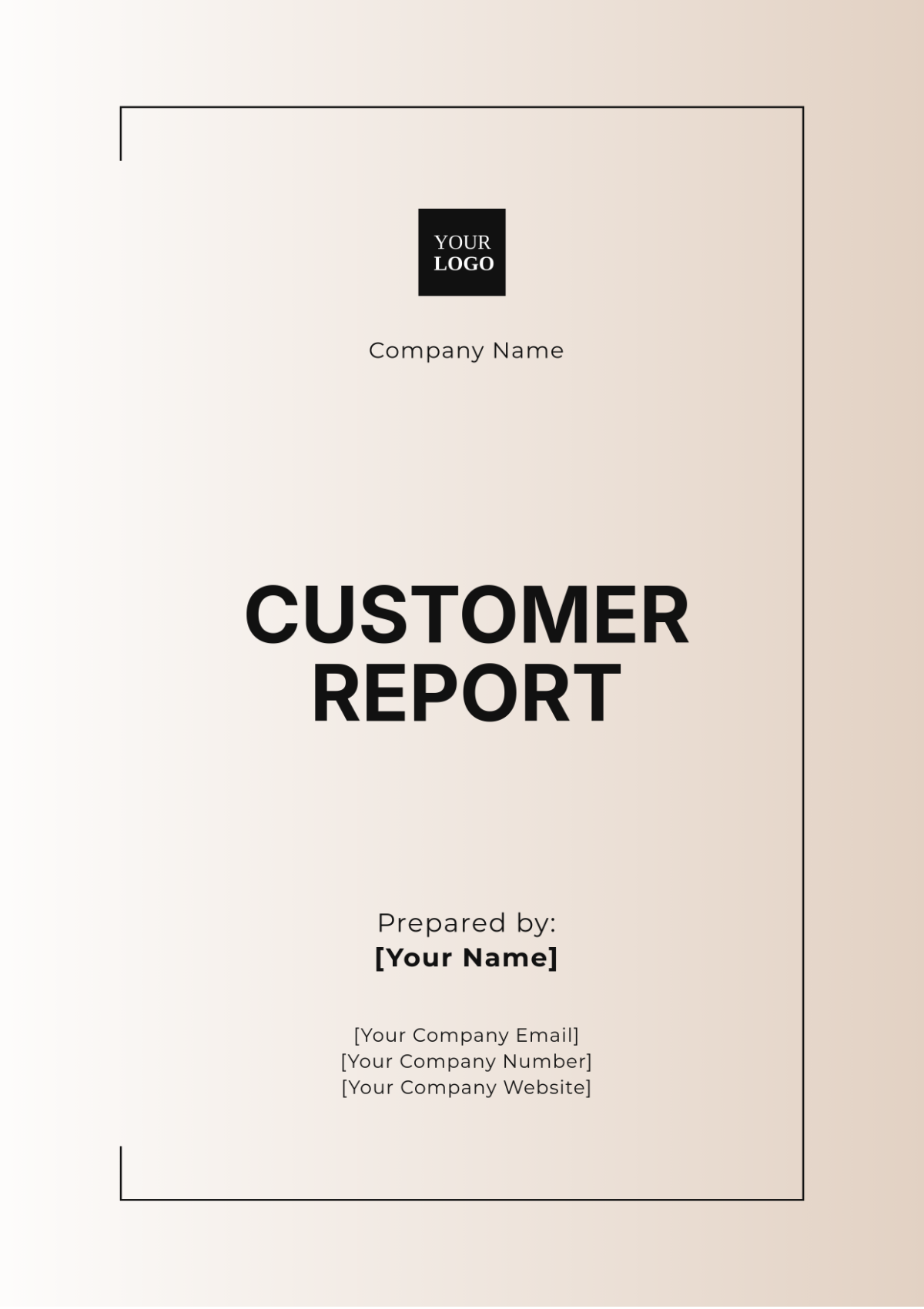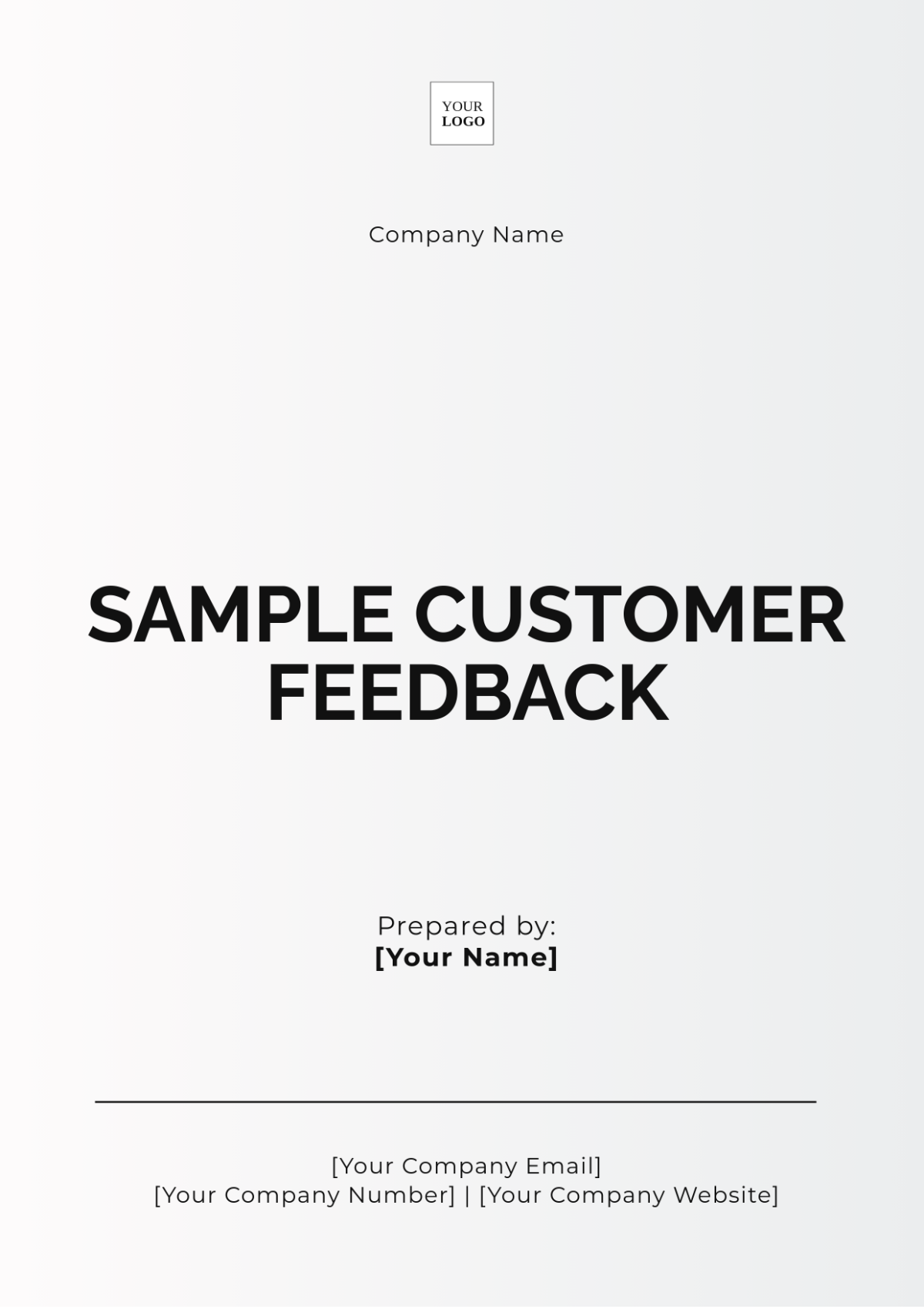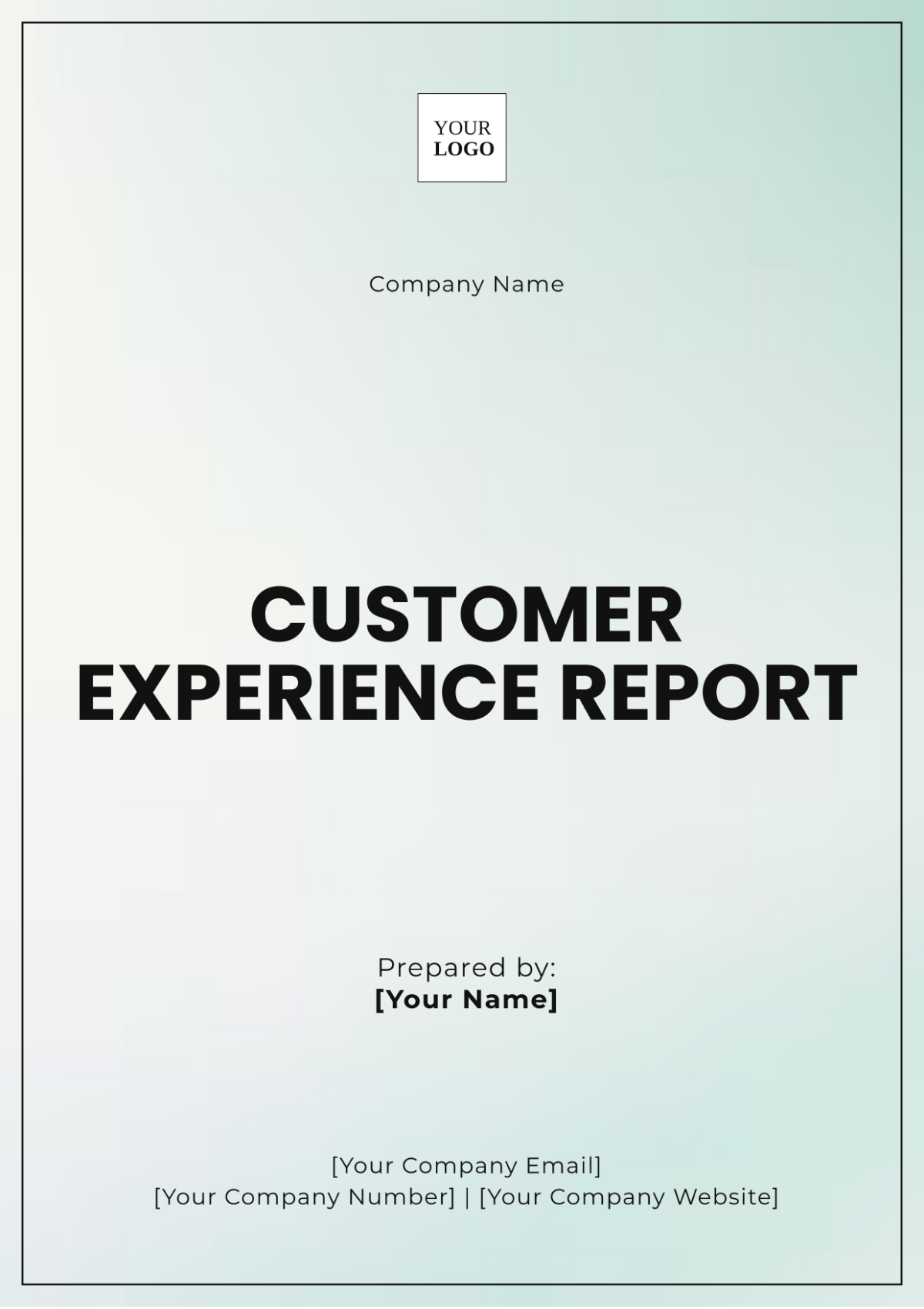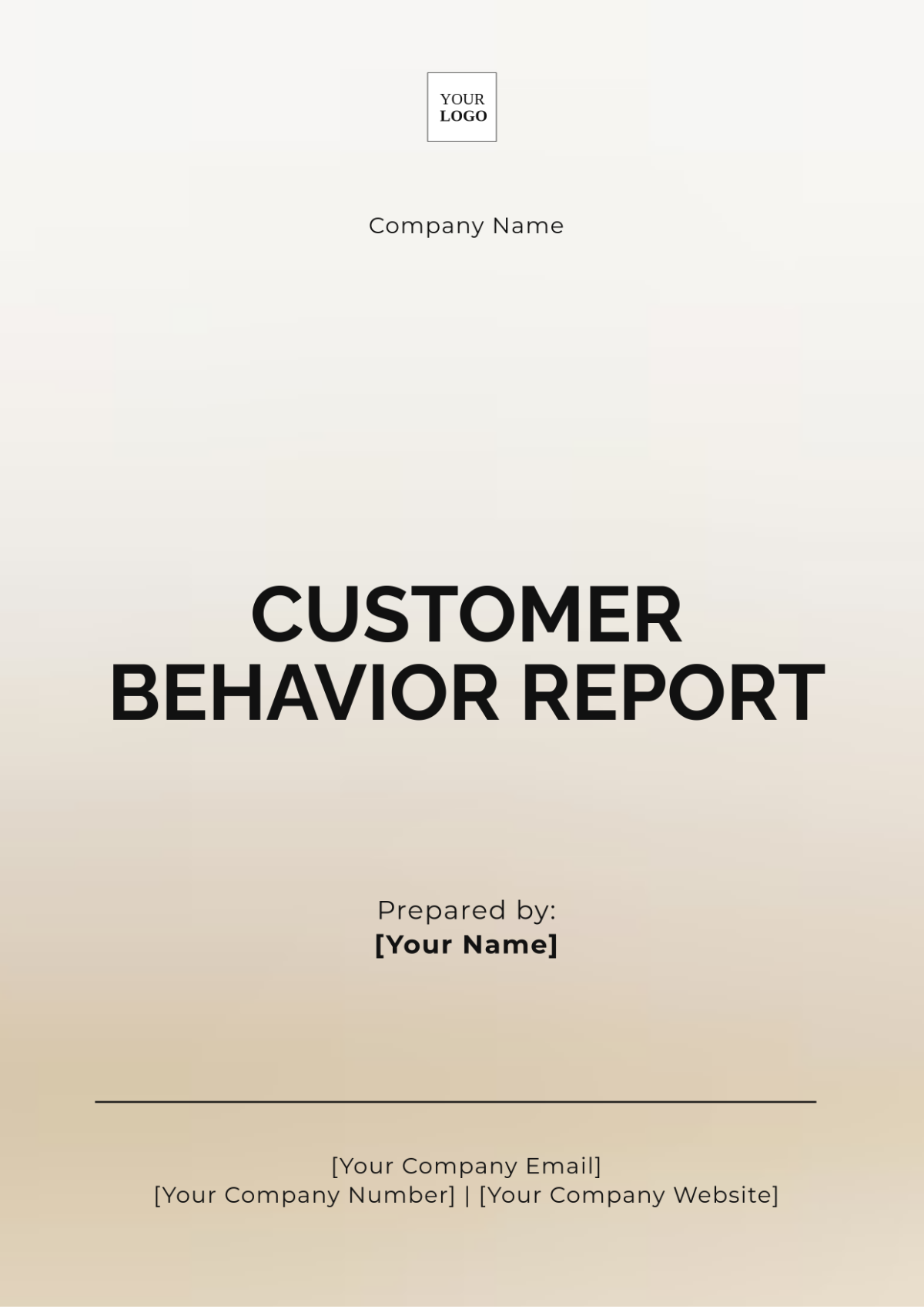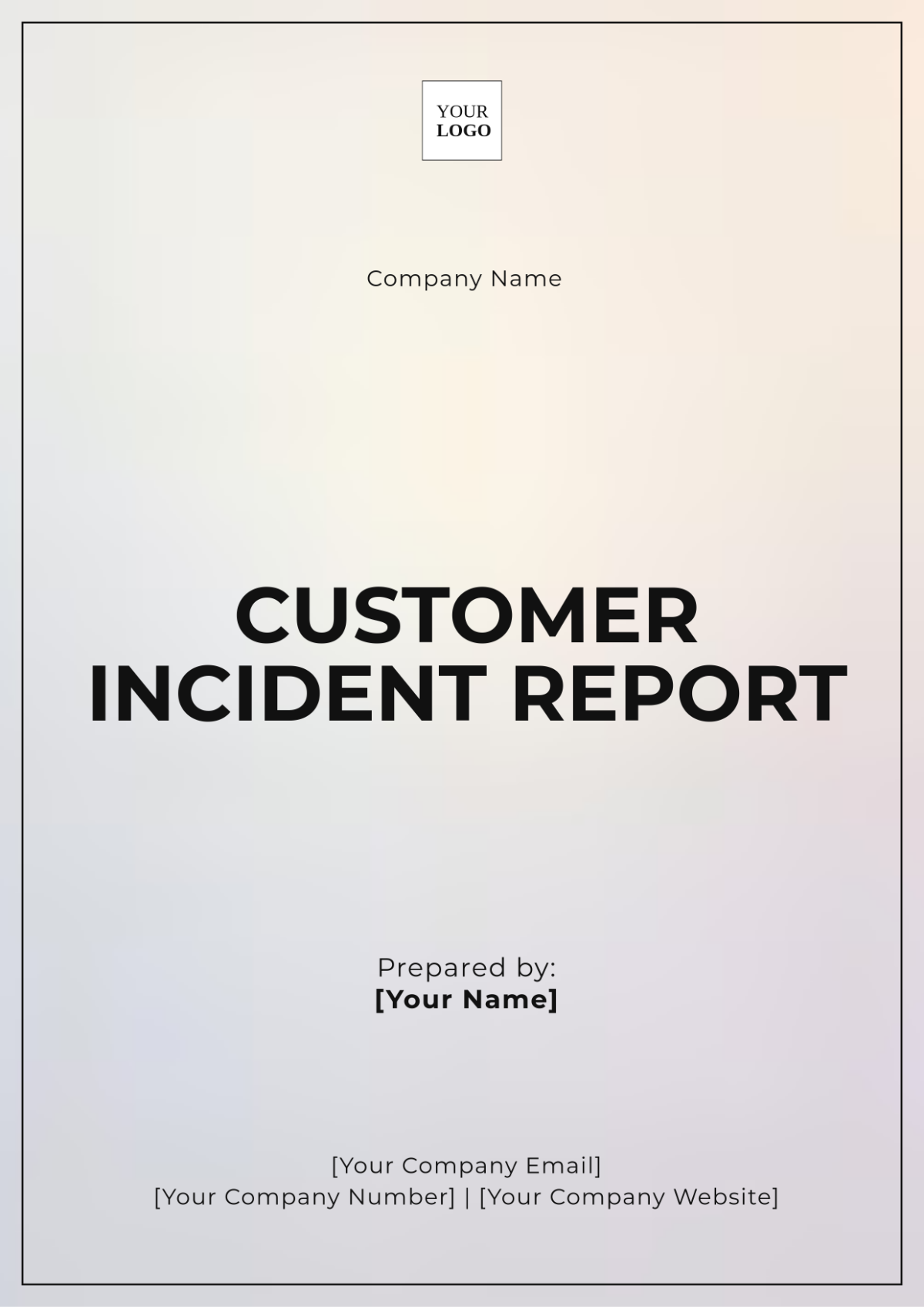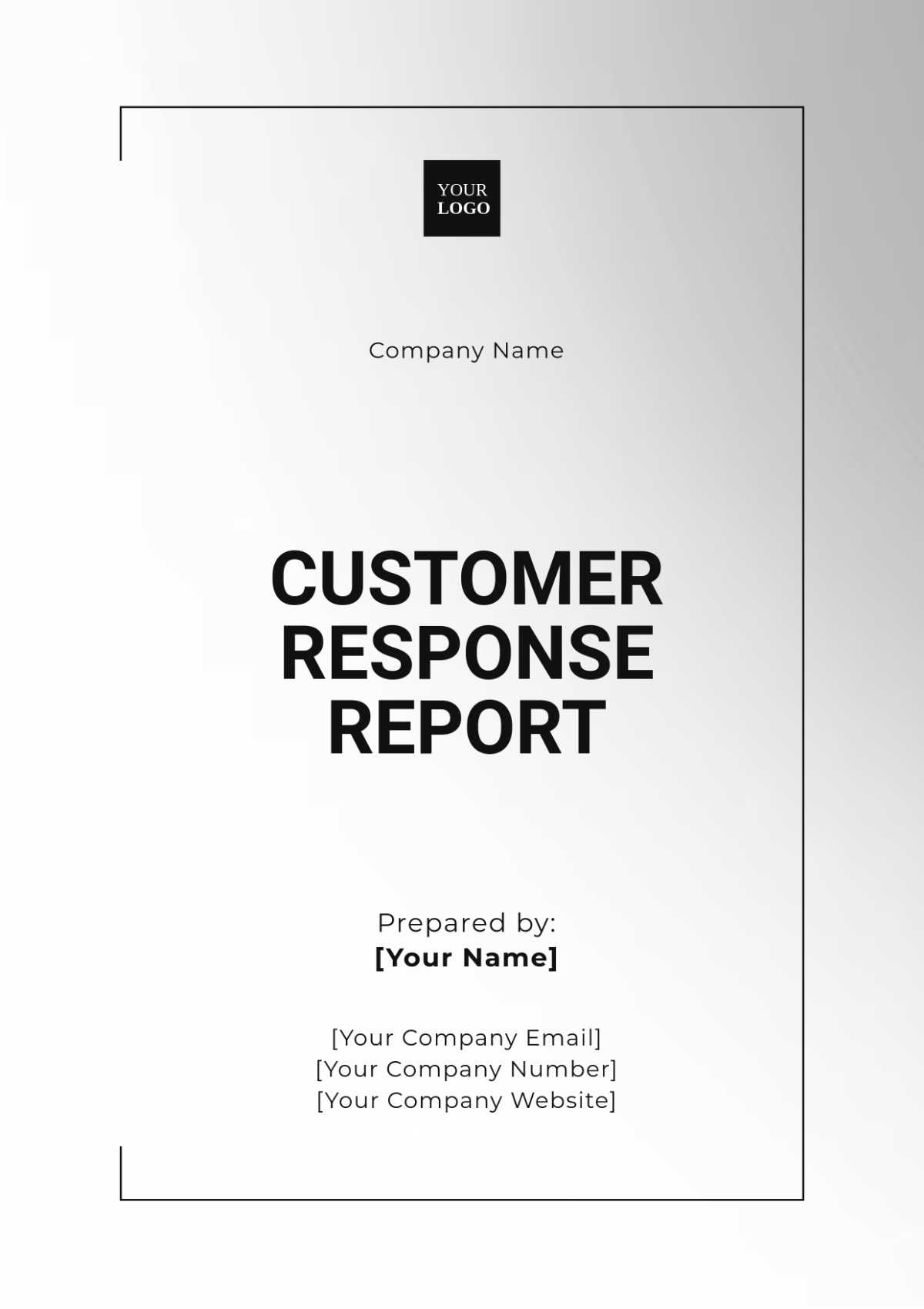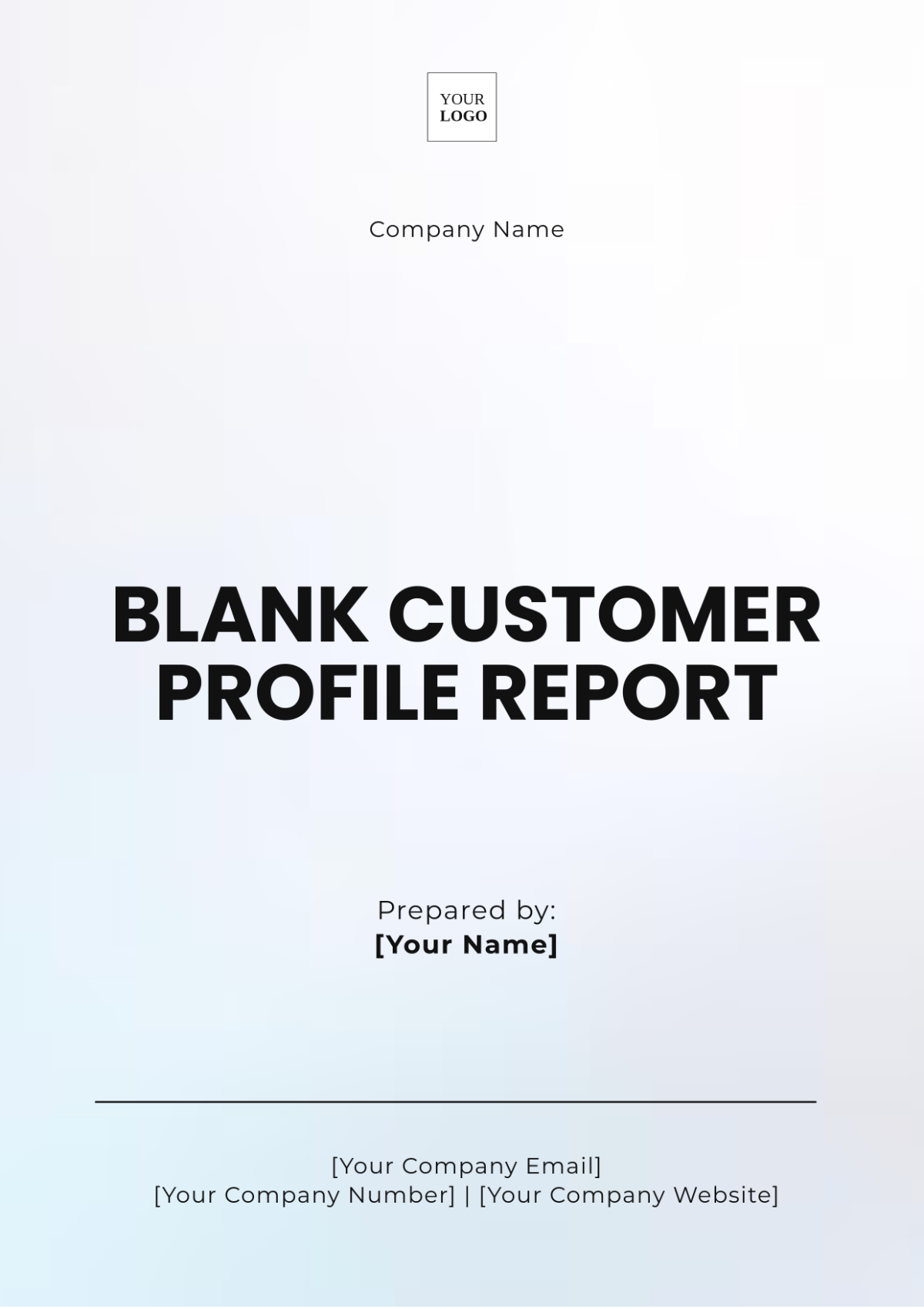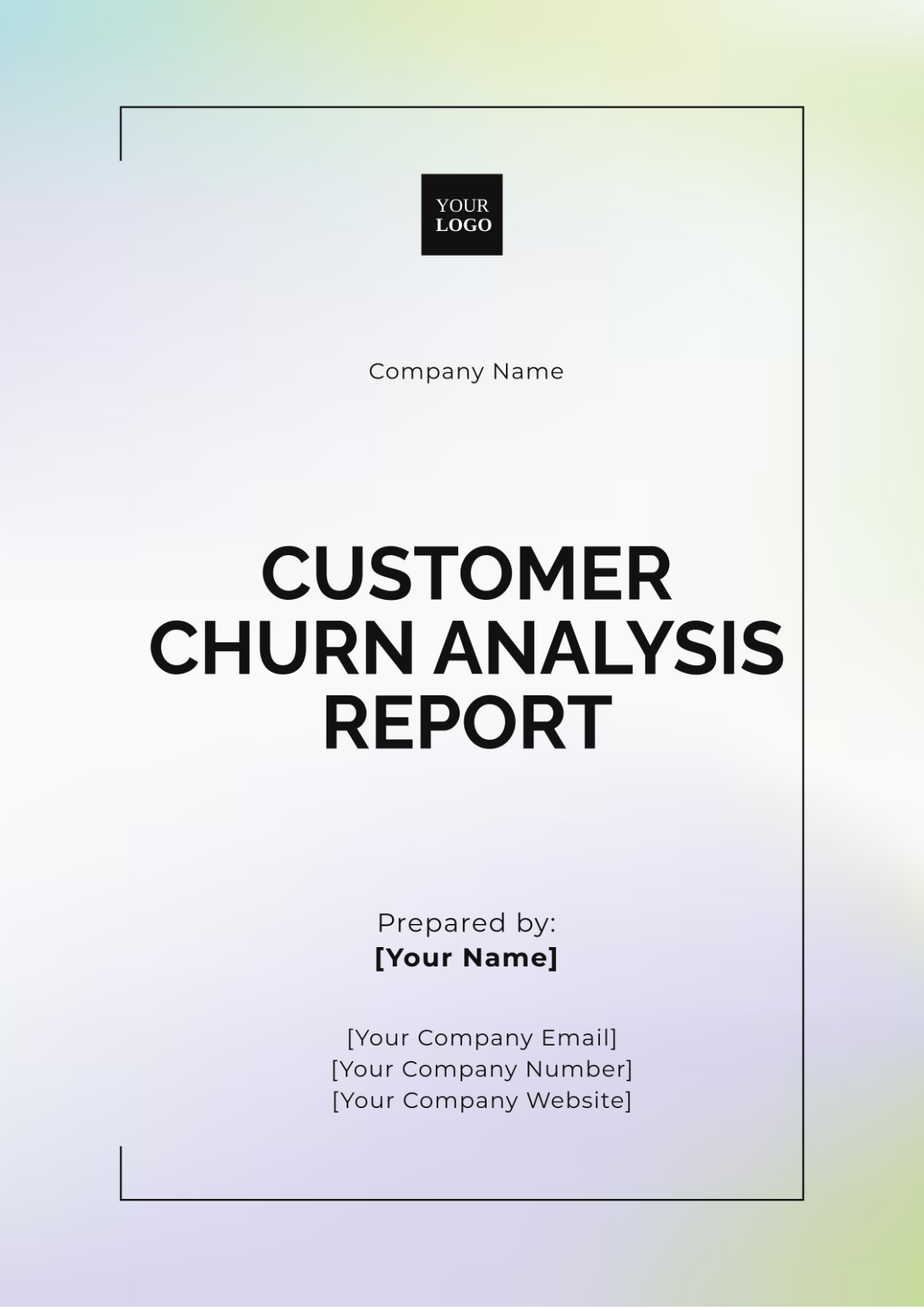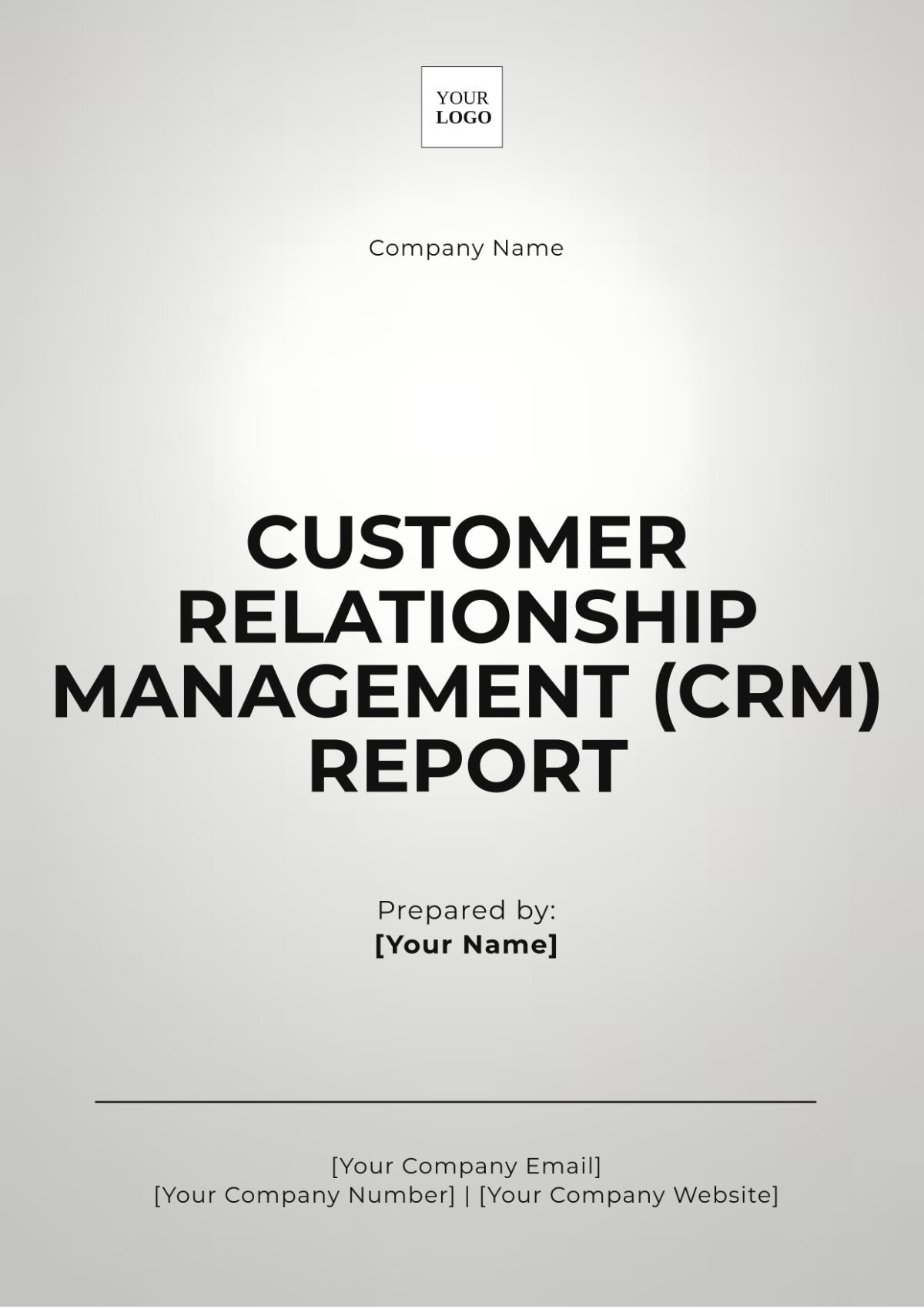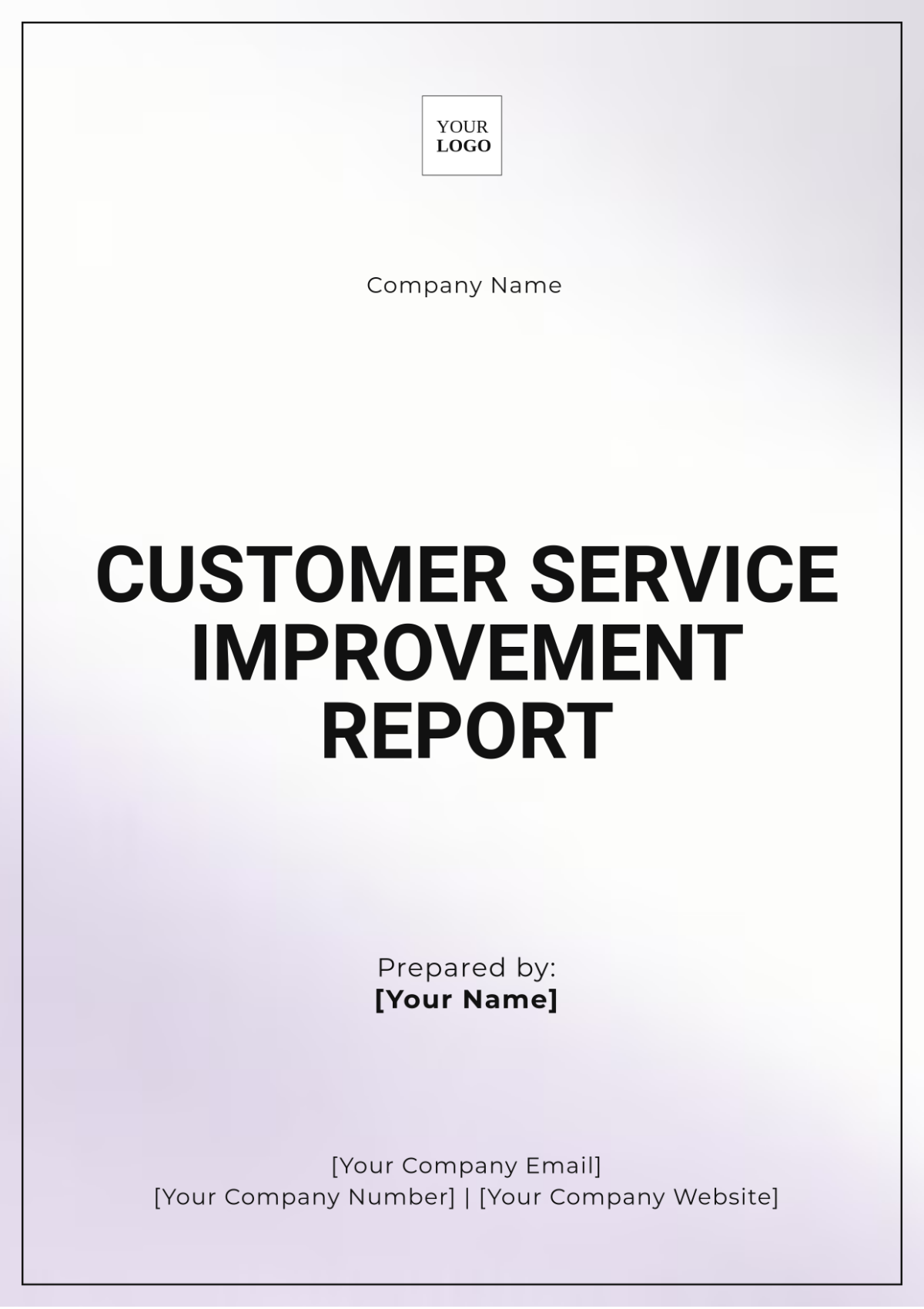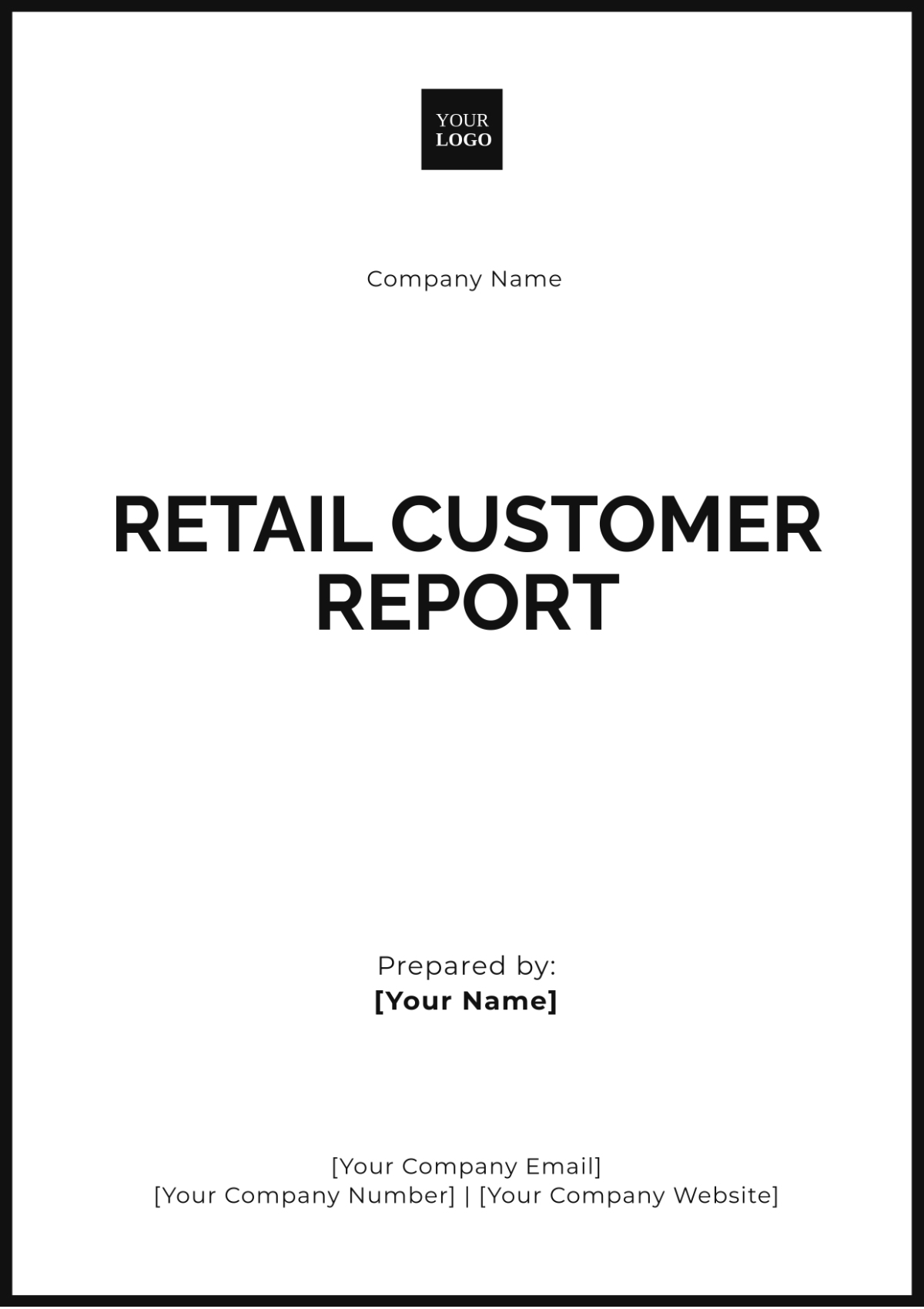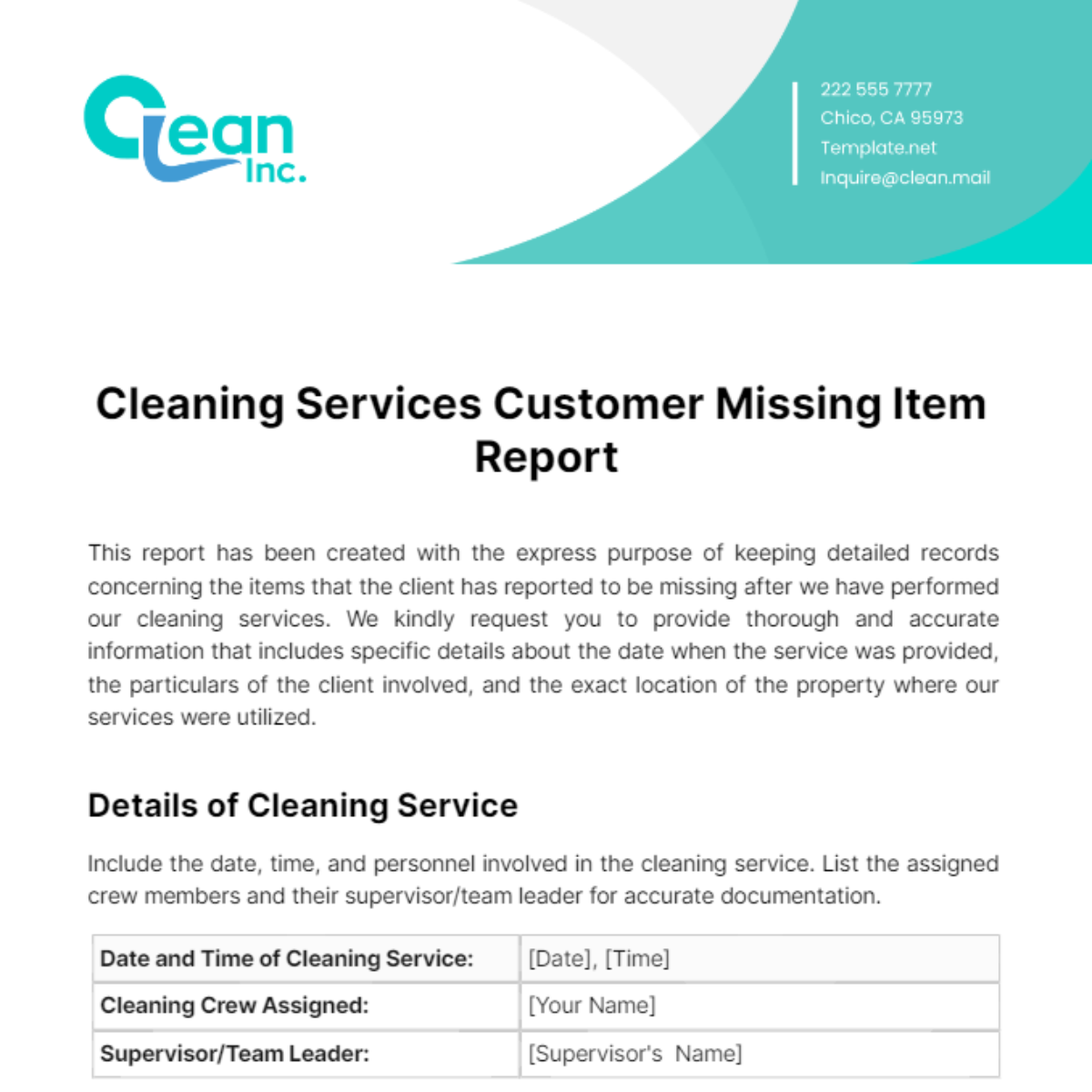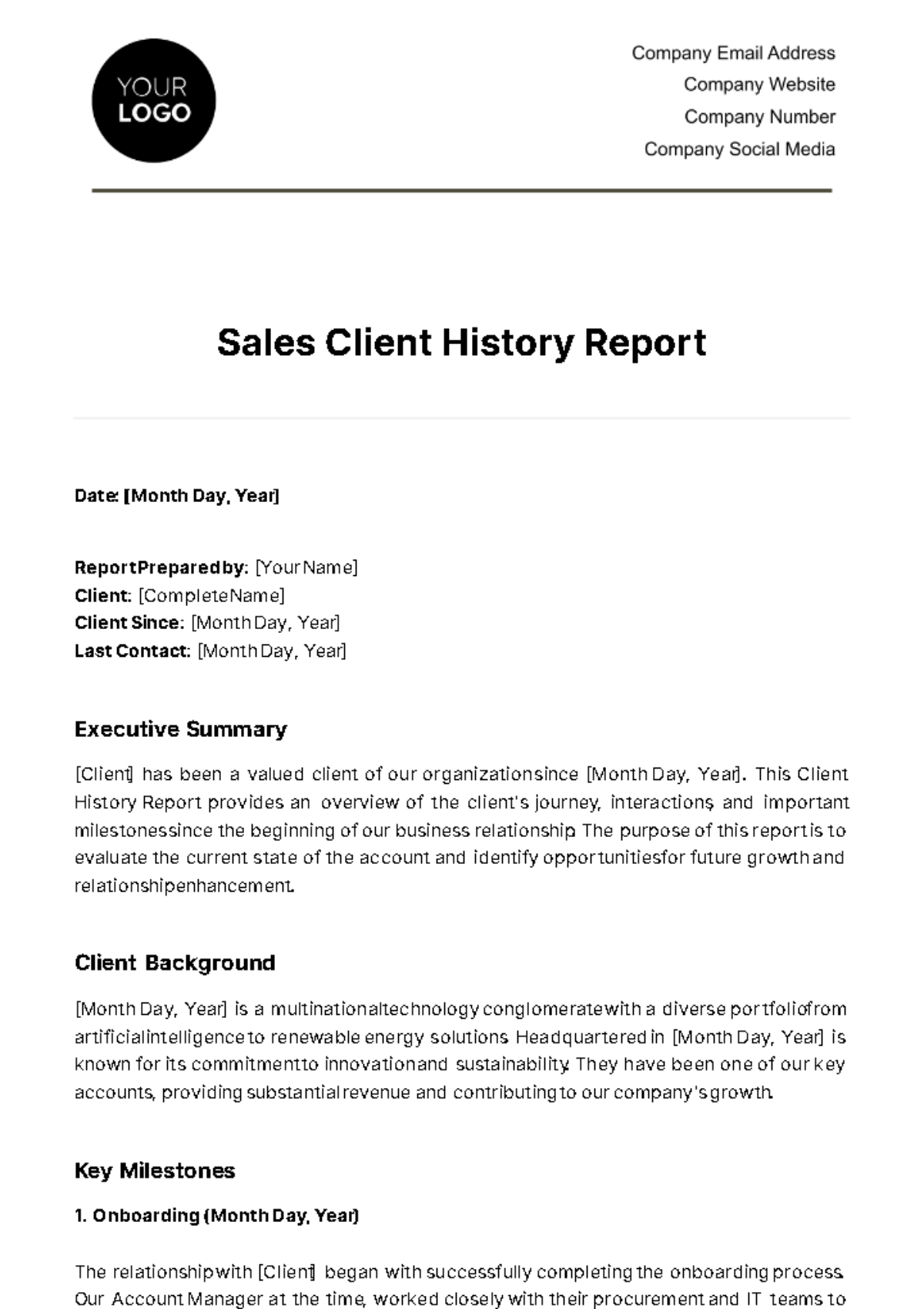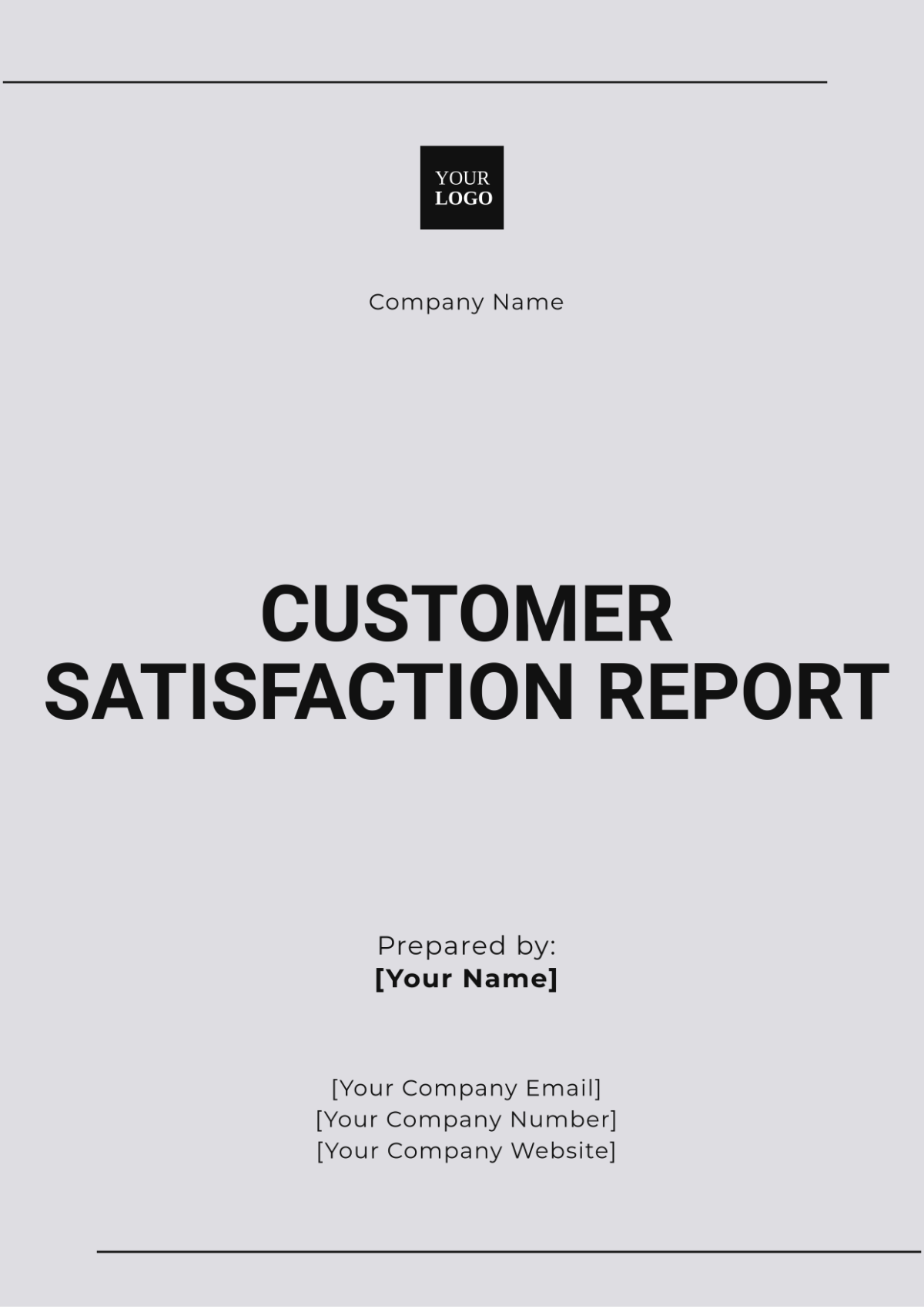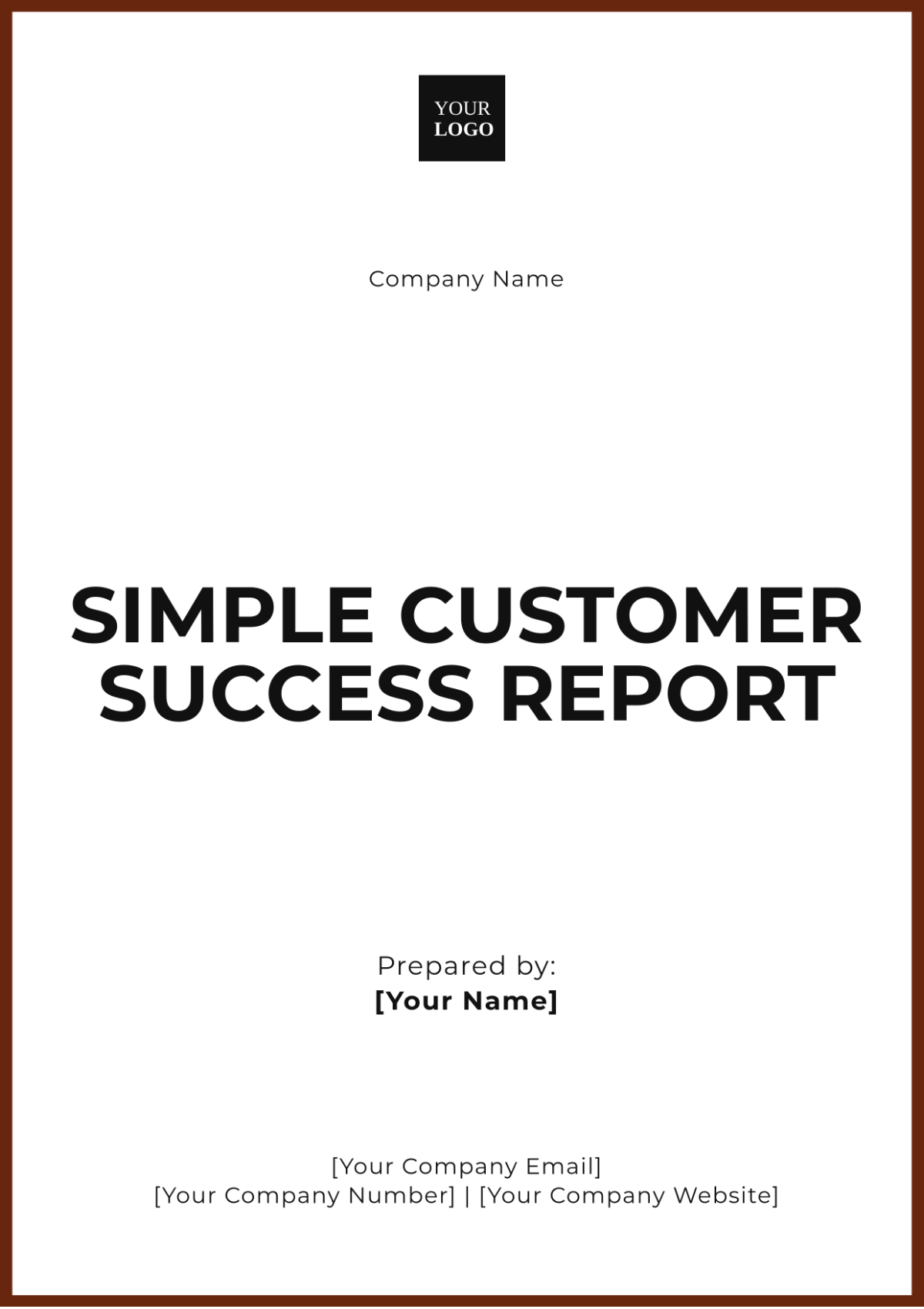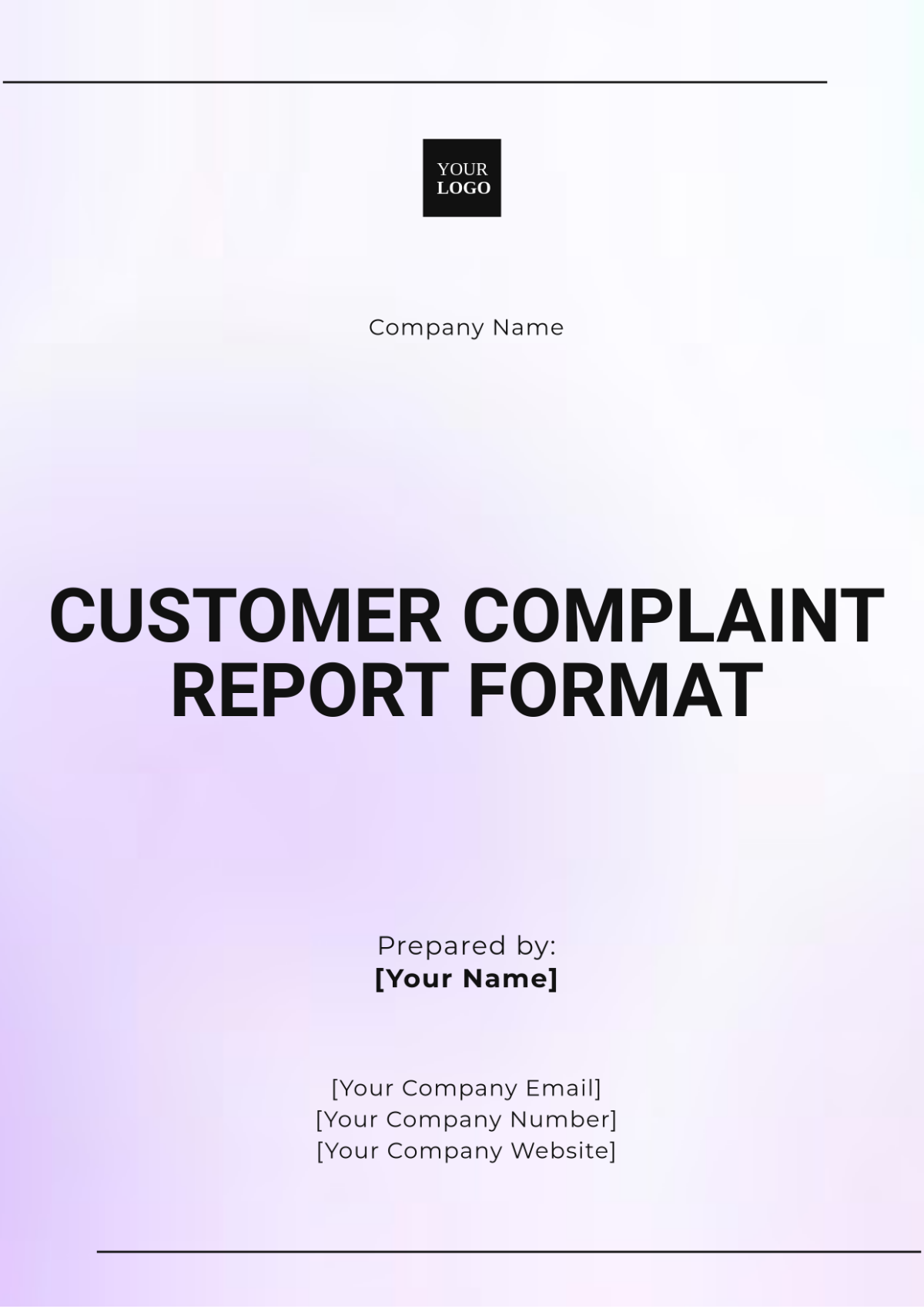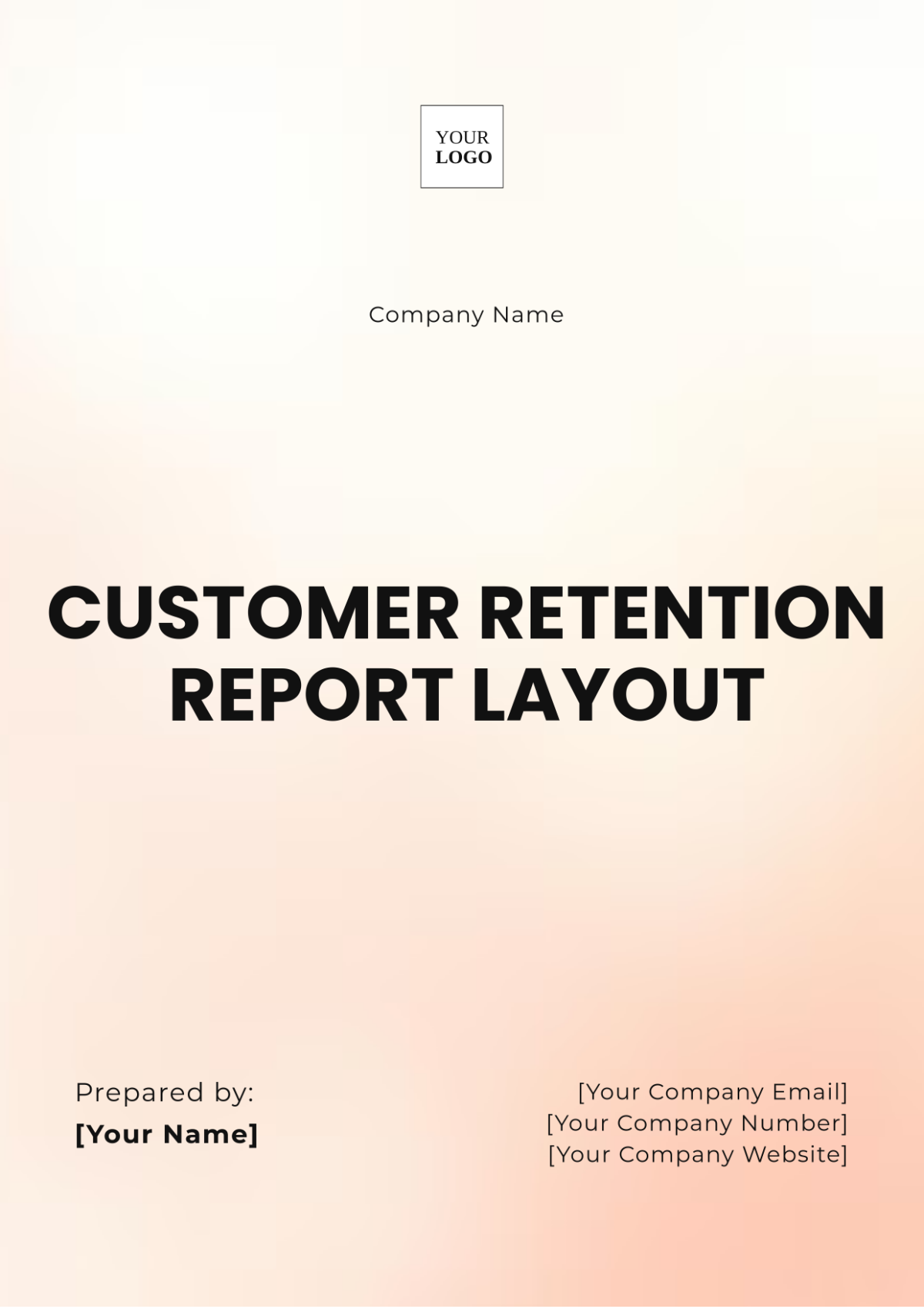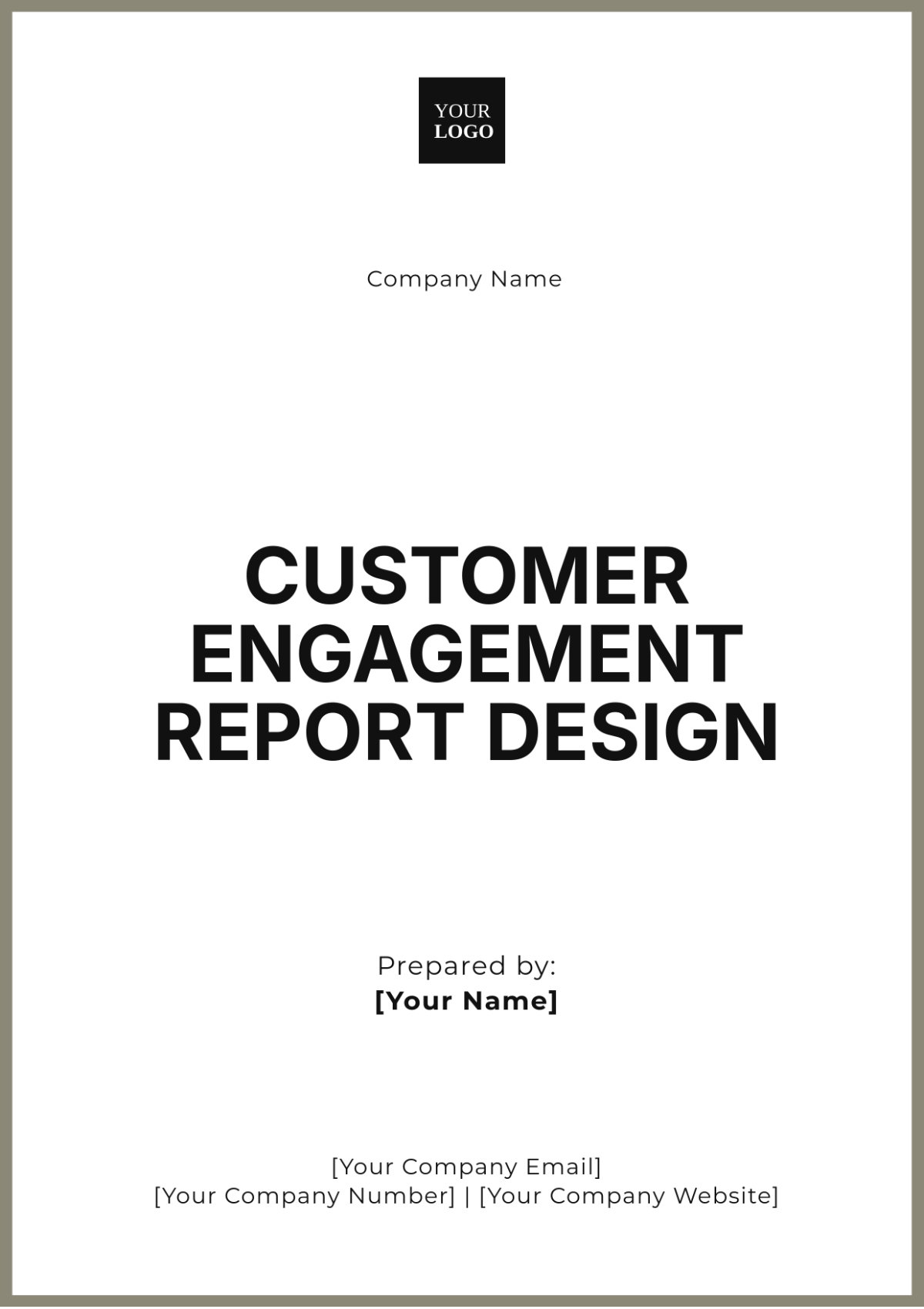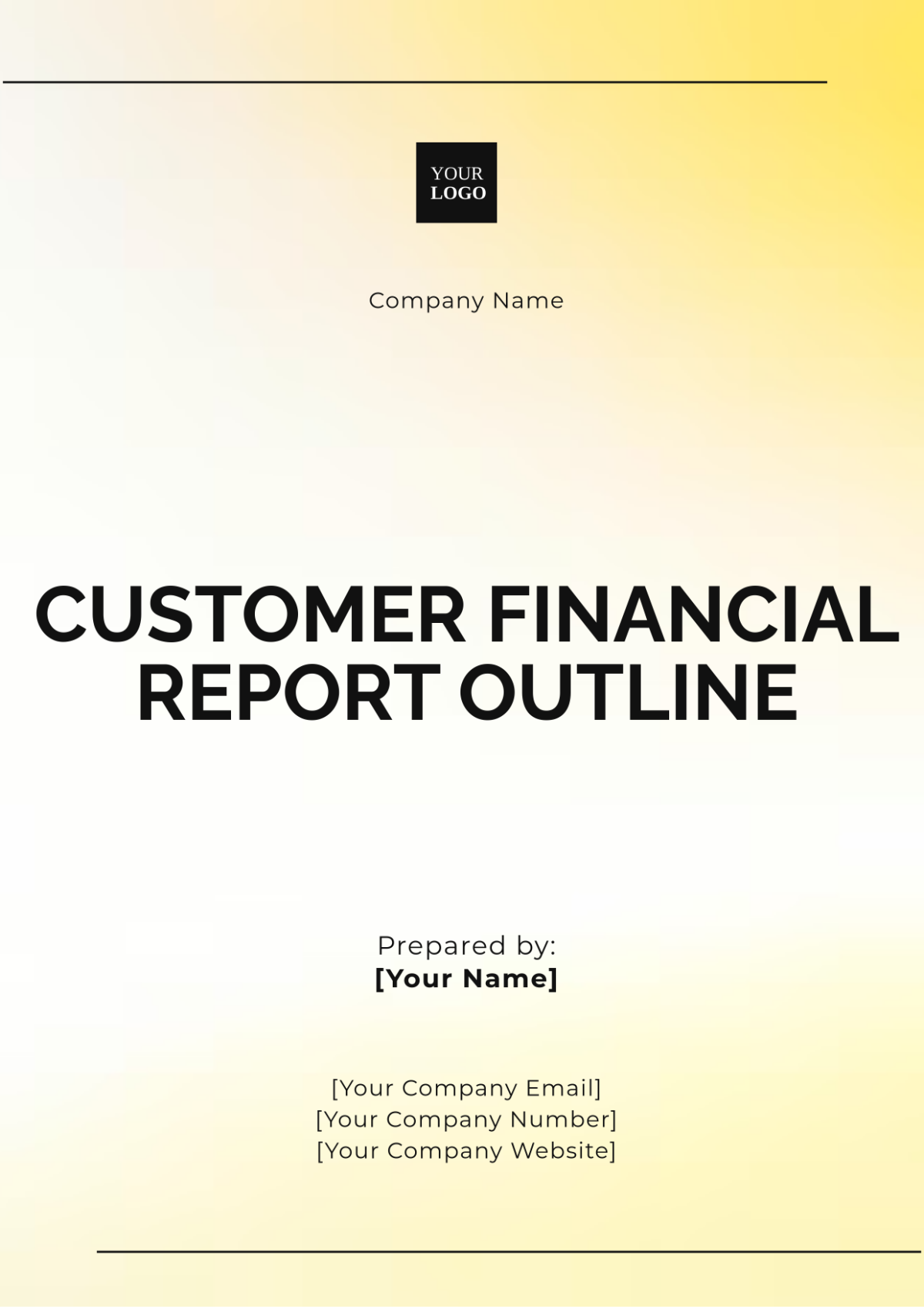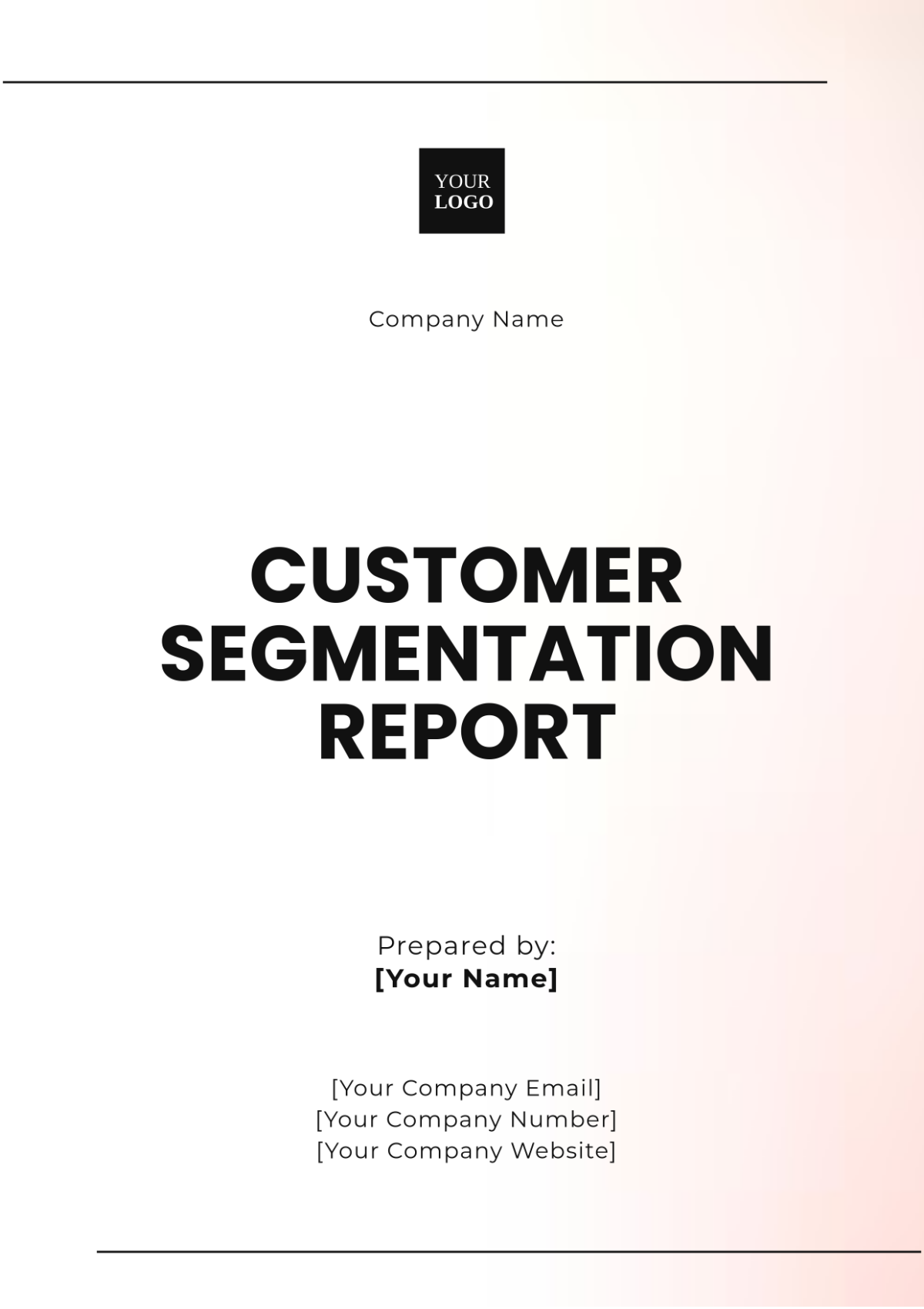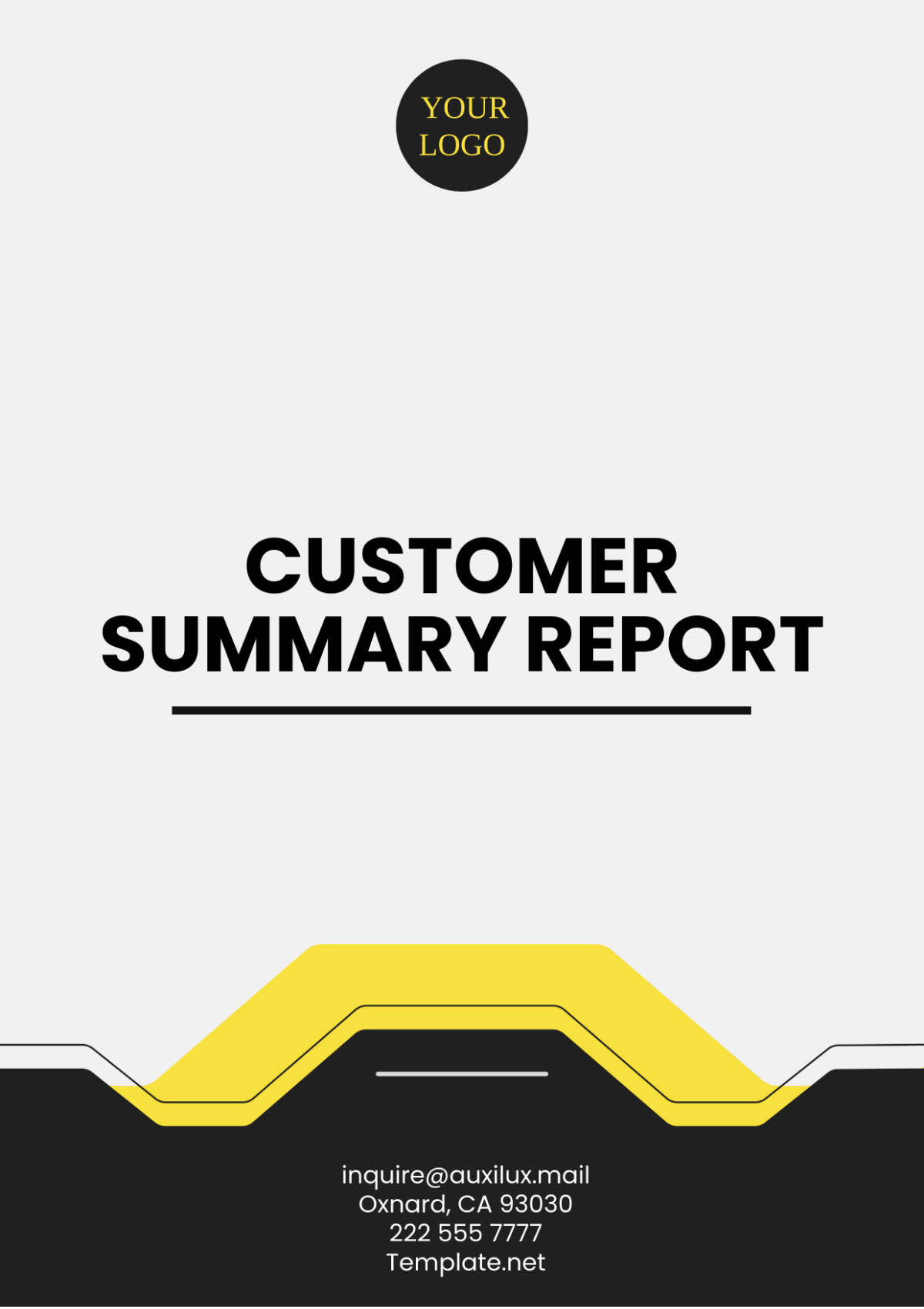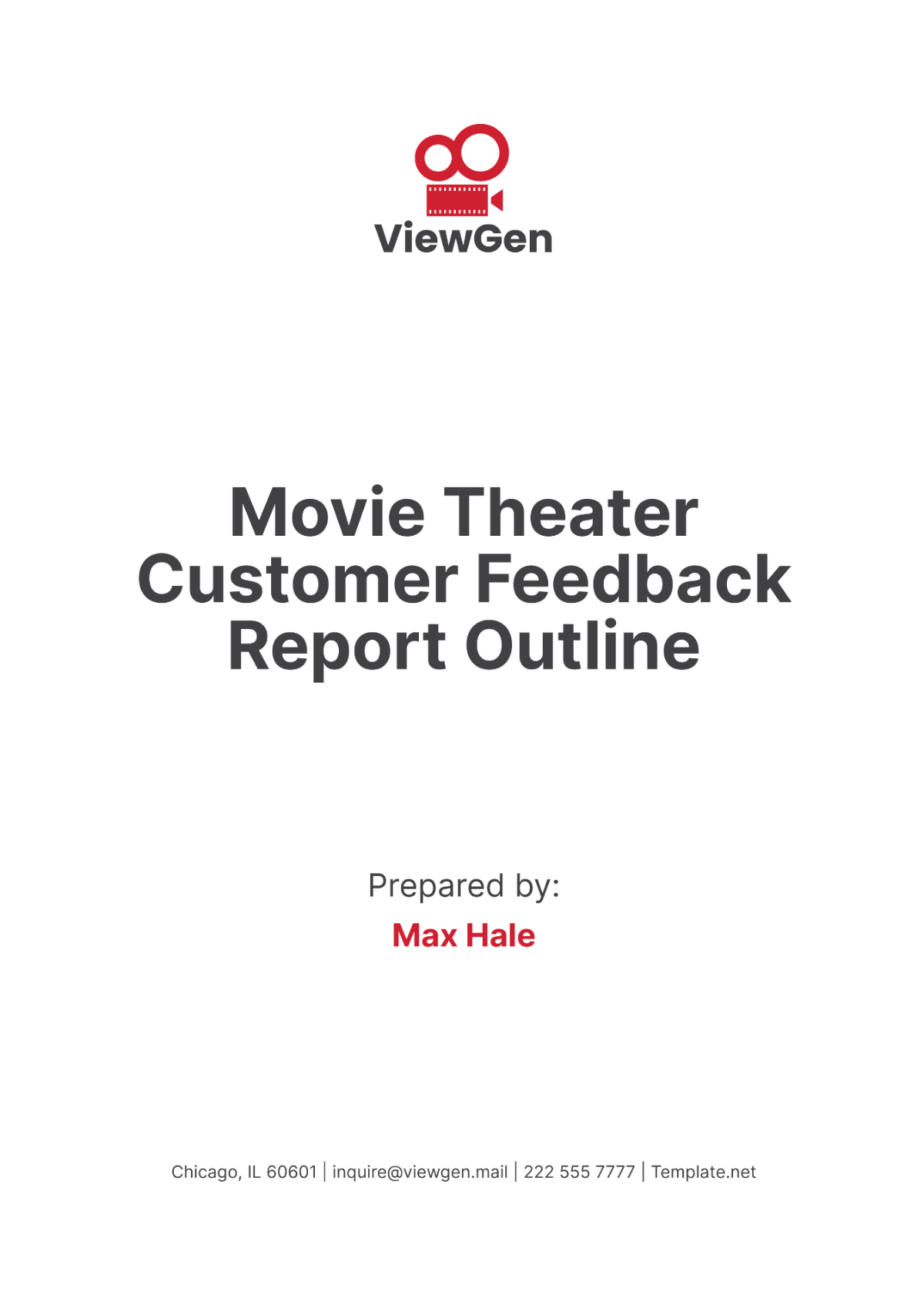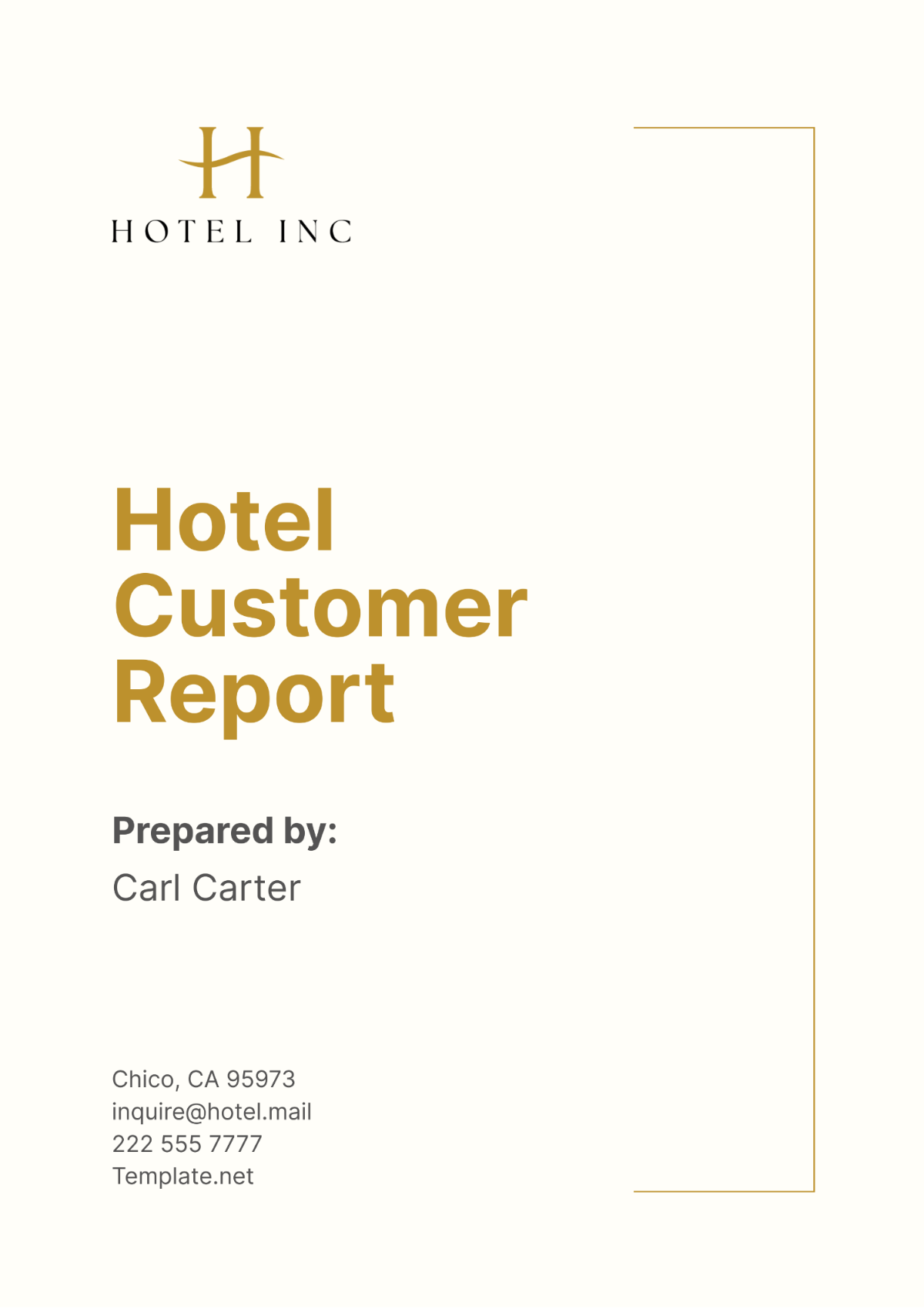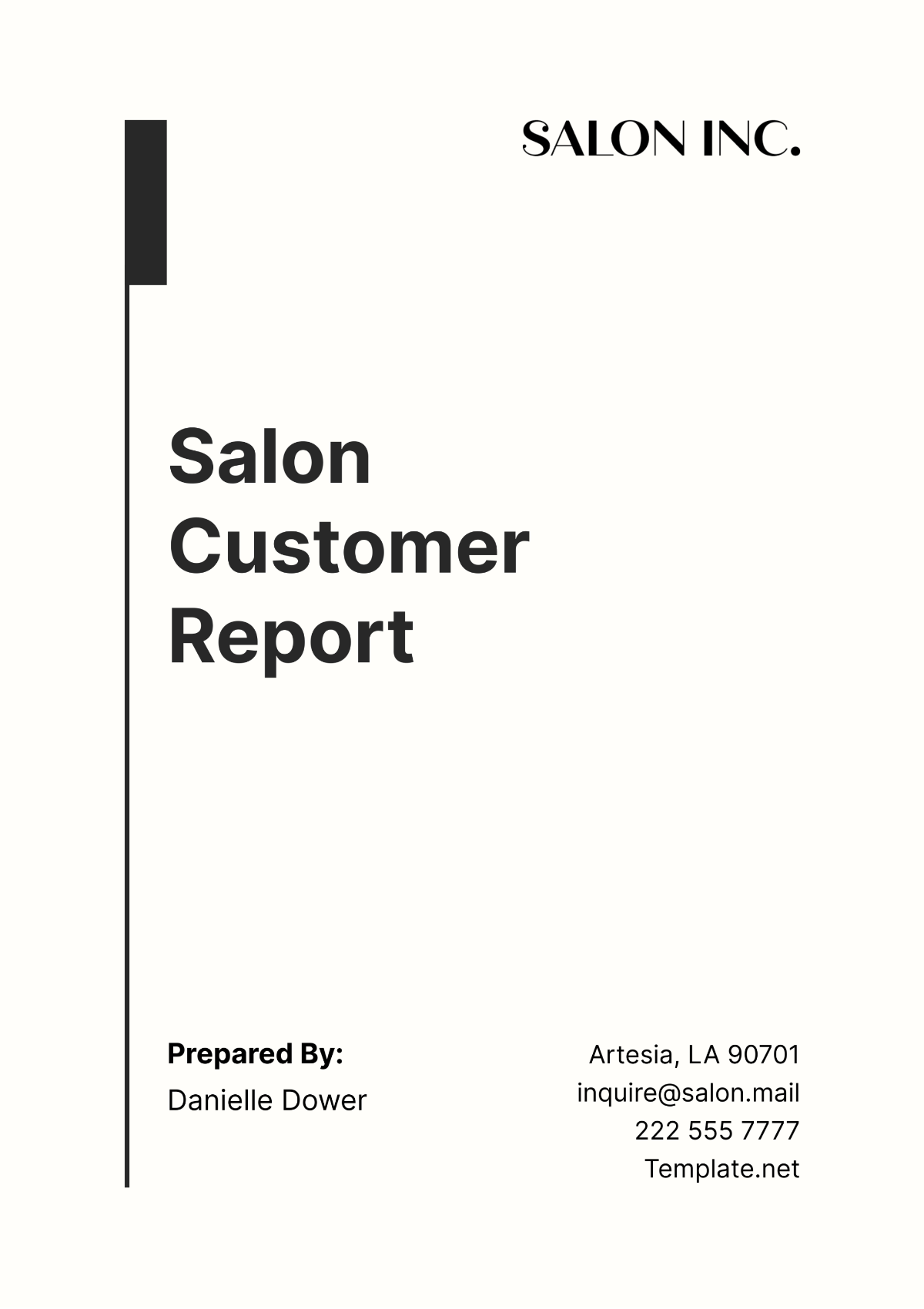Customer Behavior Report
Prepared by: [Your Name]
Company: [Your Company Name]
Date: [Date]
I. Introduction
This Customer Behavior Report examines the evolving preferences and patterns of consumers regarding products, services, and brands. It provides key insights into the factors driving decision-making processes, helping businesses enhance customer engagement, marketing, and product development strategies. In a competitive market with fragile customer loyalty, companies must adapt quickly to meet modern expectations shaped by convenience, personalization, and corporate responsibility.
II. Methodology
A. Data Collection
To ensure the accuracy and depth of our findings, we employed a mixed-method data collection approach, encompassing:
Surveys: Distributed to over 1,500 customers across various demographic segments to gain quantitative data on purchasing habits, preferences, and satisfaction levels.
Customer Interviews: In-depth, one-on-one interviews with 50 customers provided qualitative insights into their motivations, frustrations, and product experiences.
Purchase History Analysis: Transactional data from the past 24 months was analyzed to track purchasing patterns and customer retention trends.
The combined methodology offers a well-rounded perspective on customer behavior, allowing us to connect customer feedback with actual buying habits.
B. Data Analysis Techniques
A variety of advanced analytical tools and techniques were used to interpret the collected data, including:
Descriptive Statistics: To summarize customer demographics and key behavior trends.
Regression Analysis: To explore relationships between factors such as age, income, and brand loyalty.
Cluster Analysis: To segment customers based on purchasing behavior and preferences, allowing for tailored marketing strategies.
Trend Analysis: To identify shifts in consumer behavior over time, particularly pre- and post-pandemic trends.
This multifaceted approach enabled us to identify significant patterns, correlations, and opportunities for business strategy improvements.
III. Key Findings
A. Demographic Insights
Our analysis revealed that the largest customer segment consists of individuals aged 25-40, primarily residing in urban areas. These customers are tech-savvy, highly active on digital platforms, and tend to engage with brands that offer online shopping and mobile-friendly experiences. The majority of this demographic falls within middle to upper-middle income brackets, indicating a strong purchasing power and preference for premium services.
Category | Details |
|---|---|
Age Groups | 25-40 (55%), 41-55 (25%), 18-24 (15%), 55+ (5%) |
Income Range | $50,000 - $100,000 annually for the majority |
Geographic Locations | 70% urban, 20% suburban, 10% rural |
B. Consumer Preferences
Customers show a growing preference for sustainability and ethical business practices, with 65% of surveyed individuals stating that they are more likely to purchase from brands that emphasize eco-friendly policies. Additionally, the demand for personalized products and services is increasing, with many customers expecting recommendations tailored to their specific tastes and previous shopping history.
Sustainability: 80% of customers are willing to pay a premium for eco-conscious brands.
Personalization: 60% of customers expect personalized marketing messages and product suggestions.
C. Purchasing Patterns
An analysis of customer purchases across key product categories revealed the following frequency trends:
Category | Frequency of Purchase |
|---|---|
Electronics | Monthly |
Clothing | Quarterly |
Groceries | Weekly |
Health Products | Bi-monthly |
Luxury Goods | Annually |
IV. Analysis
A. Demographic Trends
The growing reliance on digital platforms among younger demographics (25-40 age group) indicates the necessity for brands to invest in seamless online experiences, including mobile apps and e-commerce platforms. This group is driven by convenience, preferring companies that offer quick deliveries, easy-to-navigate websites, and personalized content. Furthermore, the trend toward online purchasing is especially strong in urban areas, where access to digital services is ubiquitous.
B. Impact of Brand Values
Brand loyalty is becoming more closely tied to a company’s social and environmental responsibility. With nearly 70% of customers in the 25-40 age group citing corporate responsibility as a key factor in their purchasing decisions, companies that fail to prioritize these values risk losing significant market share. The willingness of customers to switch to a competitor that aligns with their values highlights the importance of sustainability initiatives, ethical sourcing, and transparent business practices.
V. Recommendations
A. Digital Enhancement
Targeted Digital Campaigns: Increase investment in digital marketing strategies that specifically target the 25-40 demographic. This includes enhancing social media presence, utilizing search engine optimization (SEO), and creating personalized ads based on browsing history and past purchases.
Mobile Optimization: Develop and enhance mobile-friendly websites and shopping apps to cater to the growing number of customers shopping via smartphones. Focus on fast loading times, intuitive navigation, and secure payment options.
B. Sustainability Initiatives
Sustainable Sourcing: Implement transparent, sustainable sourcing and production practices and ensure these efforts are communicated in all marketing materials. Emphasize the use of eco-friendly packaging and recyclable materials.
Ethical Marketing Campaigns: Launch marketing campaigns that highlight the brand’s commitment to ethical practices, such as carbon footprint reduction and fair trade. Create content that showcases real-world impact, such as partnering with environmental or social organizations.
C. Personalization & Customer Engagement
Personalized Recommendations: Use data analytics to offer customized product recommendations based on a customer’s past purchases and browsing history. Send personalized emails with tailored offers and promotions to encourage repeat purchases.
Loyalty Programs: Develop a loyalty program that rewards repeat customers, particularly those engaging in sustainable practices like recycling or supporting eco-friendly products.
VI. Conclusion
This report emphasizes the growing importance of aligning business strategies with evolving customer behaviors and preferences. By understanding the demographic profiles, purchasing patterns, and values of their customers, companies can tailor their offerings to better meet the needs of their target audience. Investing in digital platforms, sustainability initiatives, and personalized customer experiences is key to driving customer engagement and fostering long-term loyalty. Companies that adapt to these trends will be well-positioned to thrive in a competitive marketplace.
VII. Appendices
A. Survey Questionnaires
Included here are the survey questions used to gather customer opinions on product preferences, purchasing habits, and views on sustainability. Example questions include:
"How important is a brand's sustainability to your purchasing decision?"
"What is your preferred method of shopping (in-store, online, mobile)?"
"How often do you purchase from the following categories?"
B. Data Tables
This section provides detailed tables, including:
Purchase Frequency by Age Group: A breakdown of purchasing habits by age category, showing which demographics shop more frequently in certain categories.
Correlation Analysis: Demonstrates the relationship between customer income and brand loyalty, showing a positive correlation between higher income levels and preference for sustainable brands.
